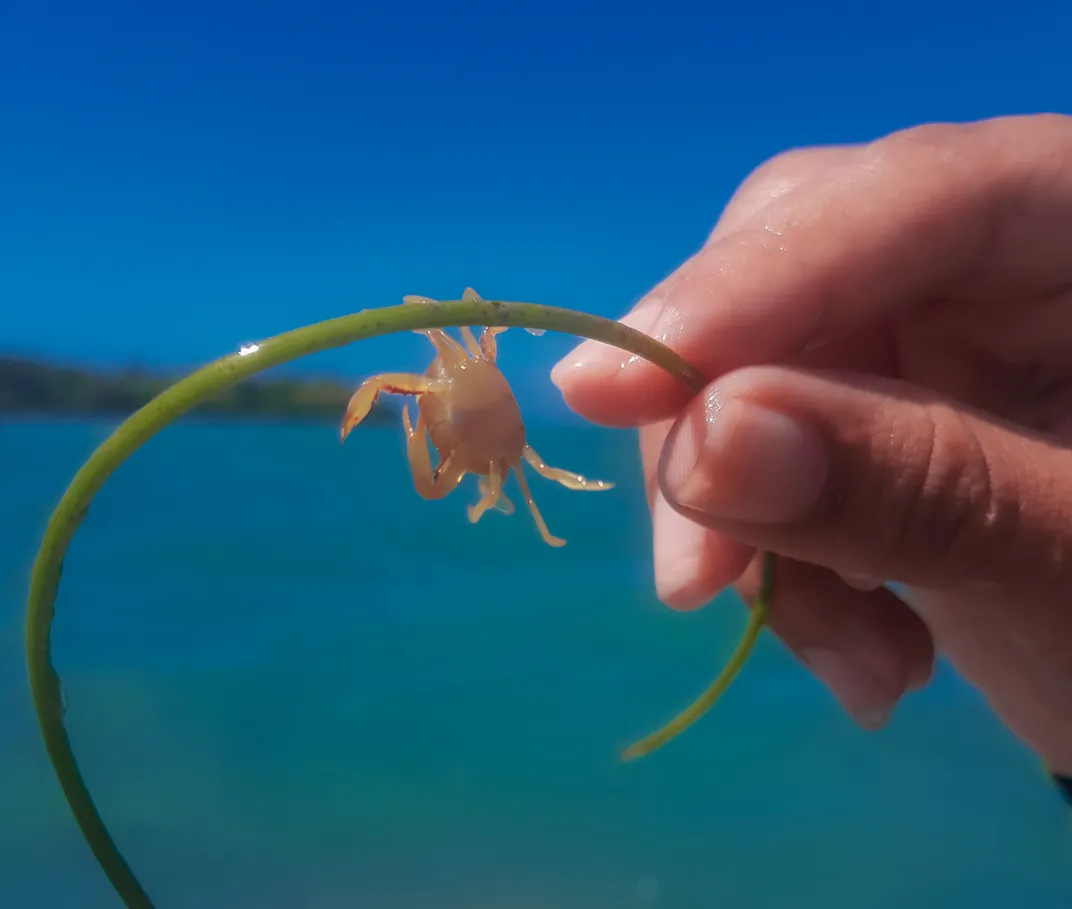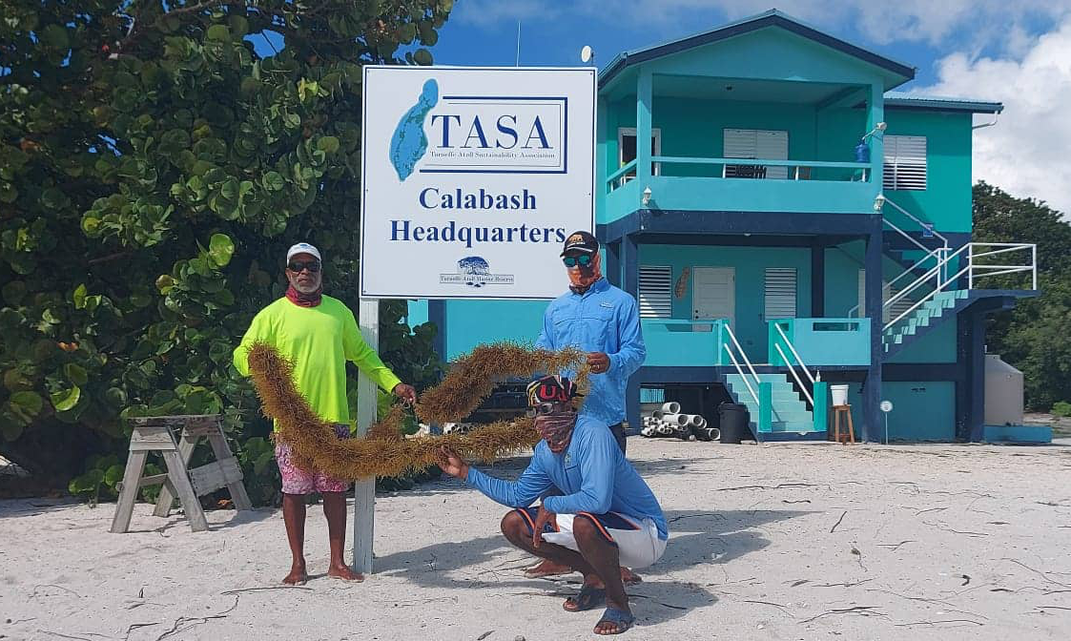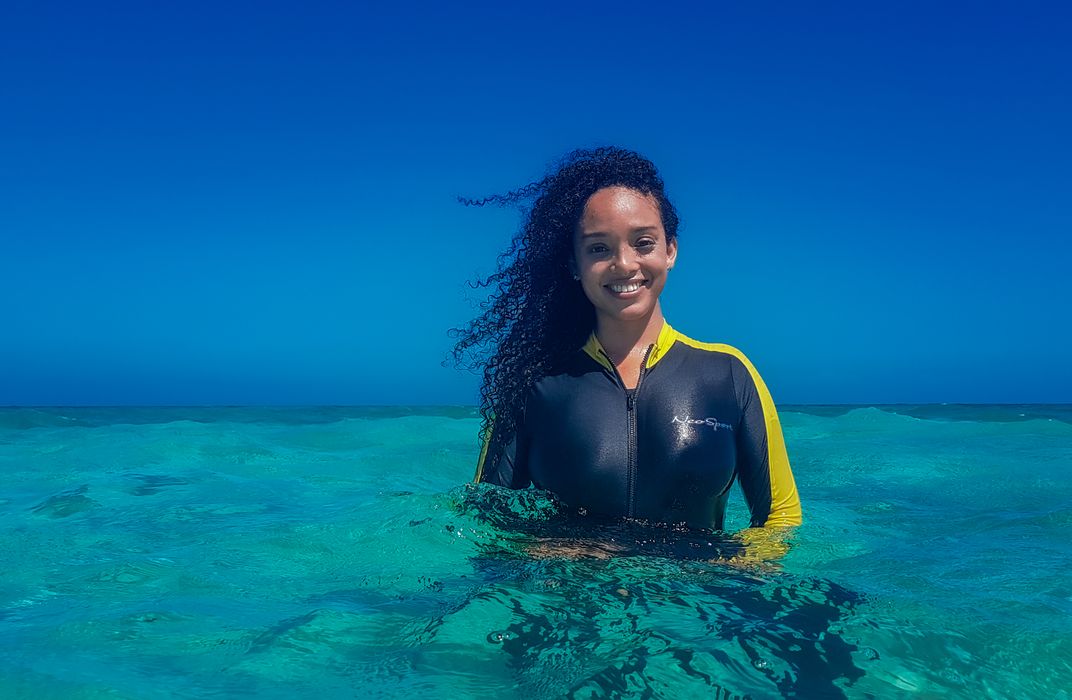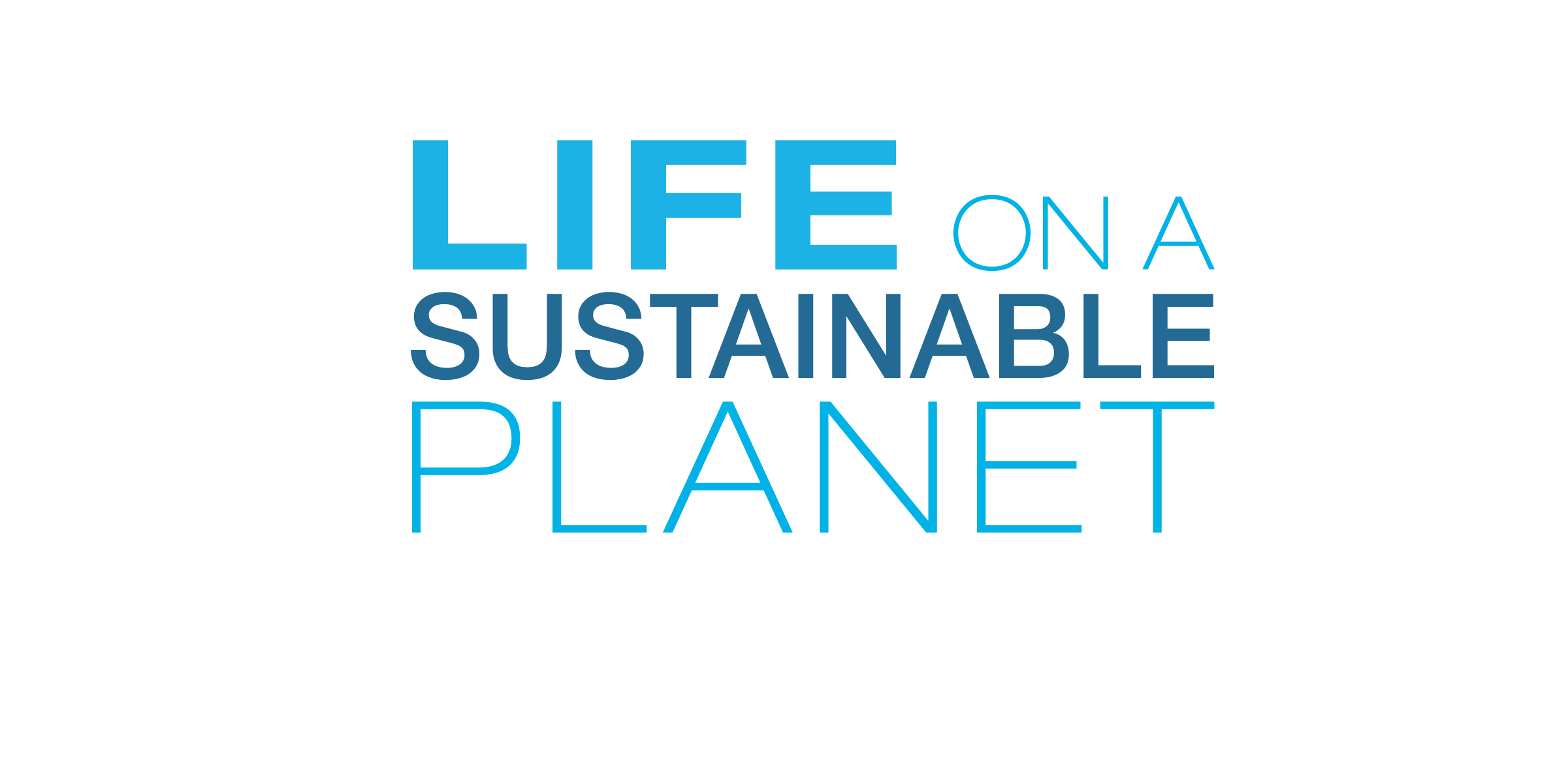Seaweed Offers Solutions for Humans, Habitats, and Hair in Belize
In this first part of a two-part series, discover how seaweed is bringing a Belizean community together to explore its potential, from sustaining their local environment and economy to helping them take care of their hair!
:focal(1981x1485:1982x1486)/https://tf-cmsv2-smithsonianmag-media.s3.amazonaws.com/blogging/featured/20210227_102458_1.jpg)
When Jolie Pollard was a little girl, her grandfather’s seaweed shakes were the most popular milkshakes in Placencia Village. He used a blender – a novel way to create the traditional mixture of seaweed jelly, milk, brandy, sugar, and spices. Many local restaurants continue to make their seaweed shakes based on his recipe.
“For a long time, that’s what we knew about seaweed here,” Pollard recalls. “We knew it as something we drank. We knew it was healthy and we knew it was something that we just loved.”
That began to change years later, when she moved back to her family’s home of 40 years to work as an advocate, event planner, and newspaper editor for the local tourism association. While covering a community meeting, she attended a presentation on the potential of seaweed by the late Lowell “Japs” Godfrey. Godfrey was a pioneer of the seaweed farming industry in Belize, telling anyone who would listen about the benefits of the aquatic algae – from capturing carbon to fight climate change, to acting as a nursery for juvenile marine life.
As a former fisherman, Godfrey knew that the aquatic critters sheltering in the seaweed would grow up to stock the fisheries that the industry relies upon. Placencia Village was once a fishing community, but with fuel prices and costs of living rising, fishing is now seen as a last resort – something to do when the tourism season dies down. Even then, most local fishermen stick to small-scale tactics, from the classic rods with fishing line to free-diving up to 30 feet for lobsters and conch.

“It’s incredible work, and not cheap,” Pollard remarks. “Sometimes nobody has fish to sell. It’s funny because we live on this peninsula with 18 miles of coastline, but all of the restaurants and resorts now have a real problem with finding fish.”
Godfrey thought that growing seaweed would be a great alternative to the fishing problem while providing people with a sense of ownership over the local economy. Many of the resorts, restaurants, and other businesses in the region are owned by foreign investors. Seaweed farming could provide Belizeans with a sustainable and profitable source of income, beyond fishing or tourism.
“Belizean seaweed is among the highest quality in the world, because it grows so far off the coastline that runoff from the mainland can’t affect it,” Pollard explains. “Our seaweed is very clean, very nutritious, so it has a lot of good things to offer.”
Godfrey started seaweed farming at Placencia Producers Cooperative in Little Water Caye, which also served as a vital seed bank to help start other seaweed farming pilot projects off the Belize coastline. Many of these aquaculturists will suspend ropes between floating buoys, then attach fragments of species like Eucheuma isiforme between the strands to let them grow. Every three months, each rope can yield nearly 30 pounds of seaweed. Godfrey would sun-dry and vacuum-seal packages of seaweed to sell at a local co-op, along with products from other farmers and local stakeholders who received his training. Traditionally, Belizeans will soak that dried seaweed in water until it develops a gel-like consistency, then boil it down into a jelly that can be easily mixed into smoothies or other dishes.

A jar of seaweed jelly was sitting in Pollard’s fridge one fateful day when she and her roommate Sarah Aly, a researcher from the Netherlands, decided to try an experiment.
Aly was living with Pollard while studying the potential impacts of a cruise tourism project, which connected her with local stakeholders like Godfrey and his seaweed farm. She later got a job with The Nature Conservancy to gauge local interests in starting more seaweed aquaculture projects. As a result, the value and use of seaweed was a common conversation topic in their apartment.
They also both had wavy or curly hair, which can be challenging to care for in a humid village where they loved to swim in saltwater. Good natural hair care products were a long bus ride or expensive flight away, so they began trying to make their own.
“That’s just kind of how we live here,” Jolie explains. “We make do with what we have, and what we have is enough. When I realized I had a problem, I went to see what we have.”
That day, what they had was seaweed jelly.
“We both had an ‘a-ha’ moment once we realized how nice it felt in our hair, and how great it made us both look!” Pollard recalls. “I knew then that seaweed is a game changer for hair.”
Today, Pollard runs Ikooma – a kriolized name for the Eucheuma isiforme seaweed that she uses in her moisturizing seaweed cream and a seaweed cream gel. Seaweed and other marine ingredients are relatively common in beauty products, but most rely on species found in the North Atlantic or Pacific, rather than the Caribbean. Pollard’s product is uniquely sourced from close to home.
“I always get my seaweed from Placencia Producers Cooperative,” she says. “Sometimes Japs would come right to my front door with the seaweed in his bicycle basket so I could use it in my home lab!”
Belizean seaweed can be pricey, since the industry is still growing, and not everyone agrees on the best way forward for its management and regulation. No one can deny its quality, though, and its potential to help Belizeans access key specialty markets. Pollard is determined to continue supporting local growers throughout the process.
“I take a lot of pride knowing that I buy seaweed directly from the farmers, and pay them exactly what they charge,” she says. “I’m producing everything here in my community, where I know their story.”
Running a small business is already challenging, and Placencia Village’s remote location doesn’t help. Pollard keeps going thanks to support from her community and her customers

“Sometimes, when I start feeling a little deflated, a customer tells me how wonderful my product is – how it's the best thing they've used, how much it's helped their hair, how they struggle to find anything that works for them. Or I hear that some kid who struggled with her curls feels so much better about herself now,” she says. “It brings me back to why I was doing this in the first place – because I wanted a good product for my own hair.”
Pollard hopes to introduce the global community to the Belizean specialty at the Coastal Connections tent during the Earth Optimism x Folklife Festival. Ikooma products will also be available at the Festival Marketplace for visitors looking for sustainable solutions to their curly-hair challenges.
“I’m excited to show people the benefits that seaweed can offer. Both as a business owner that uses it in my own product,” Pollard says, “but also as a member of a community that could really benefit from its economic potential without compromising our local environment.”

